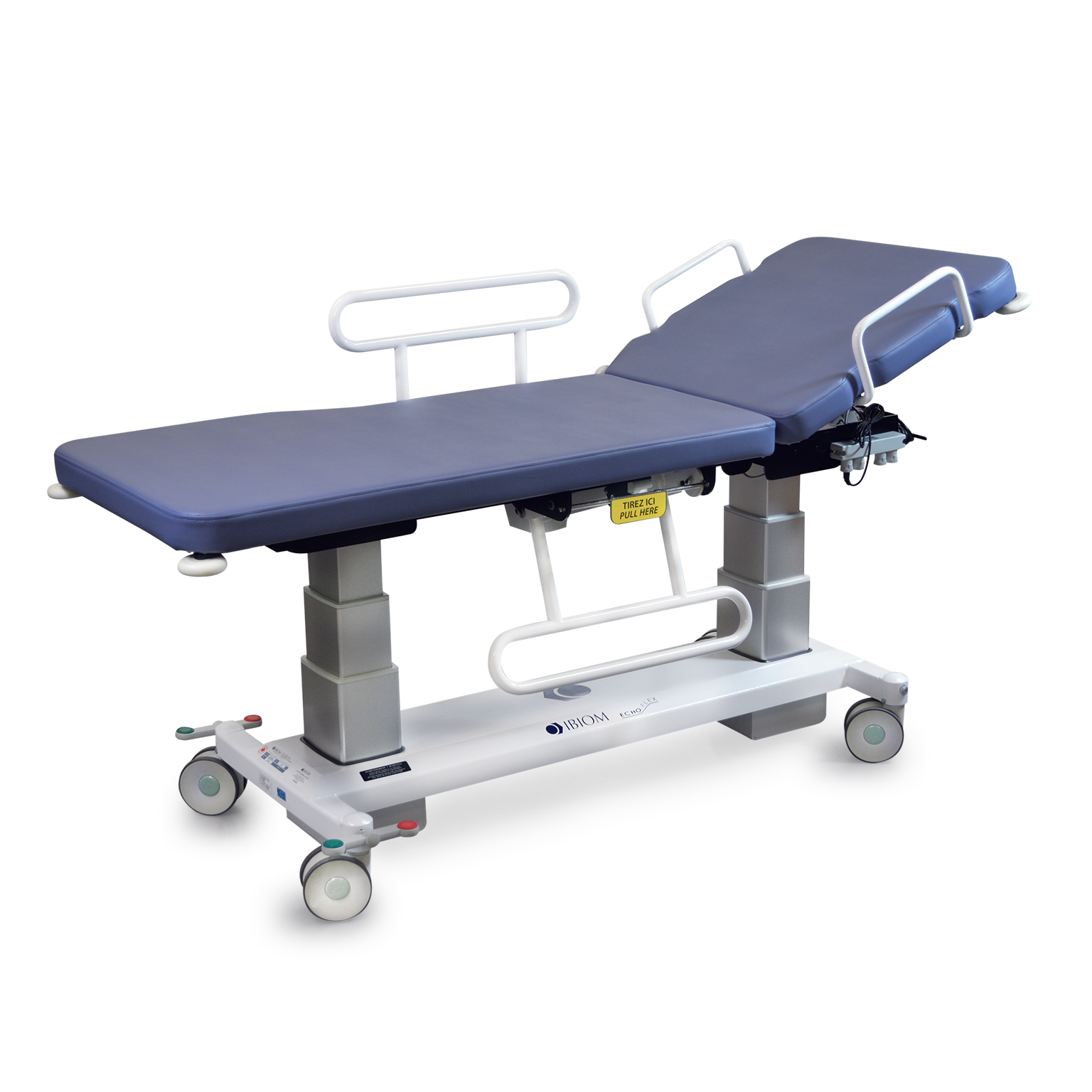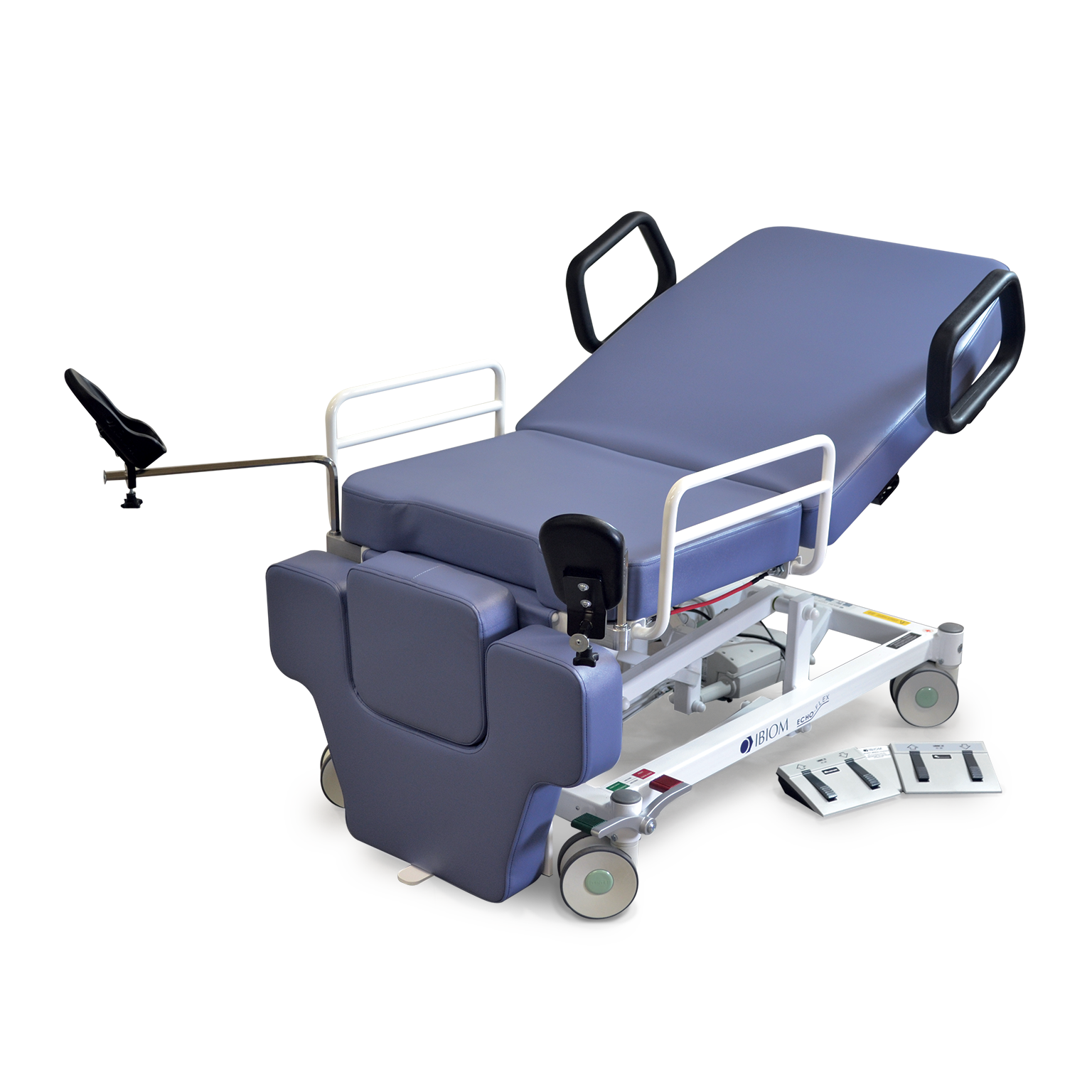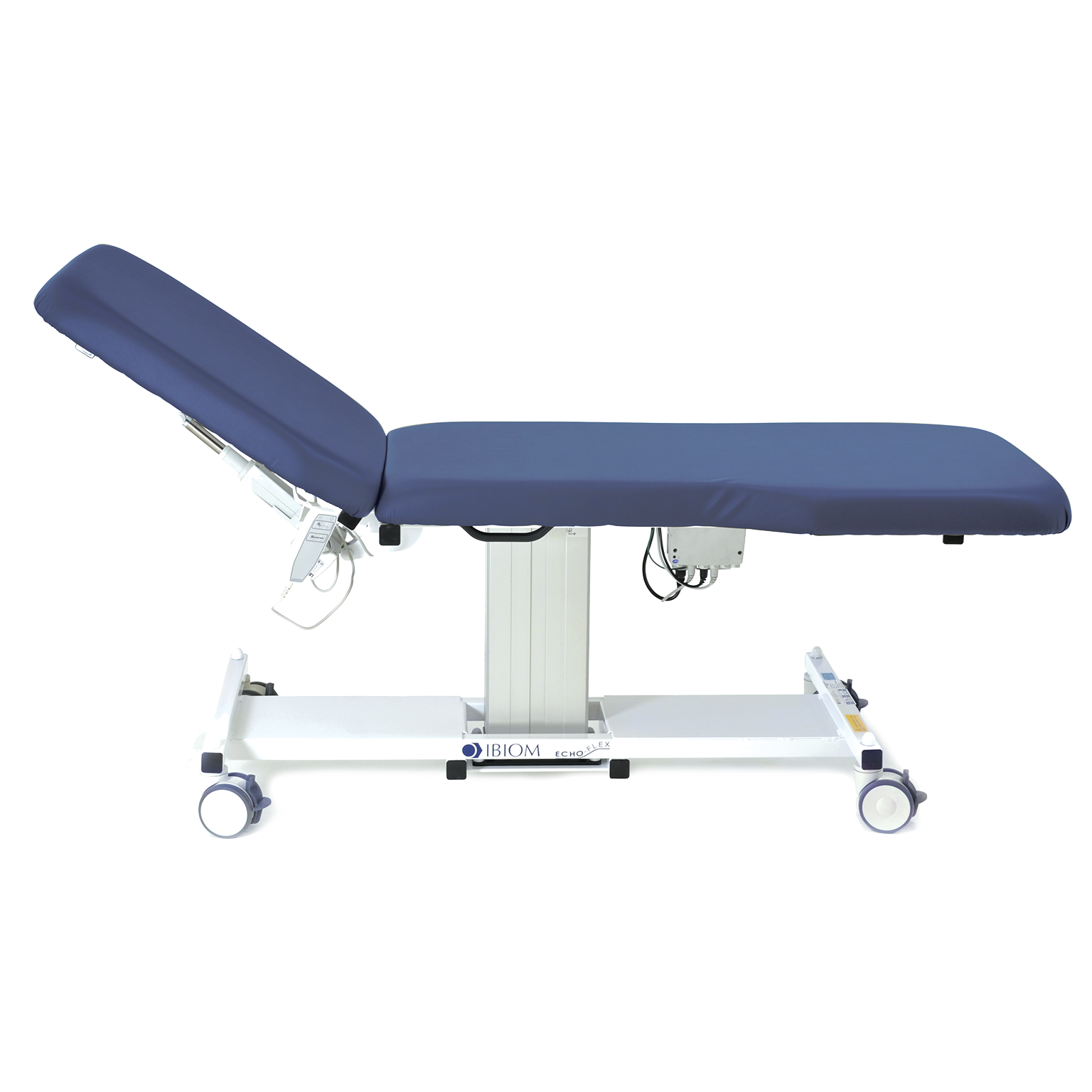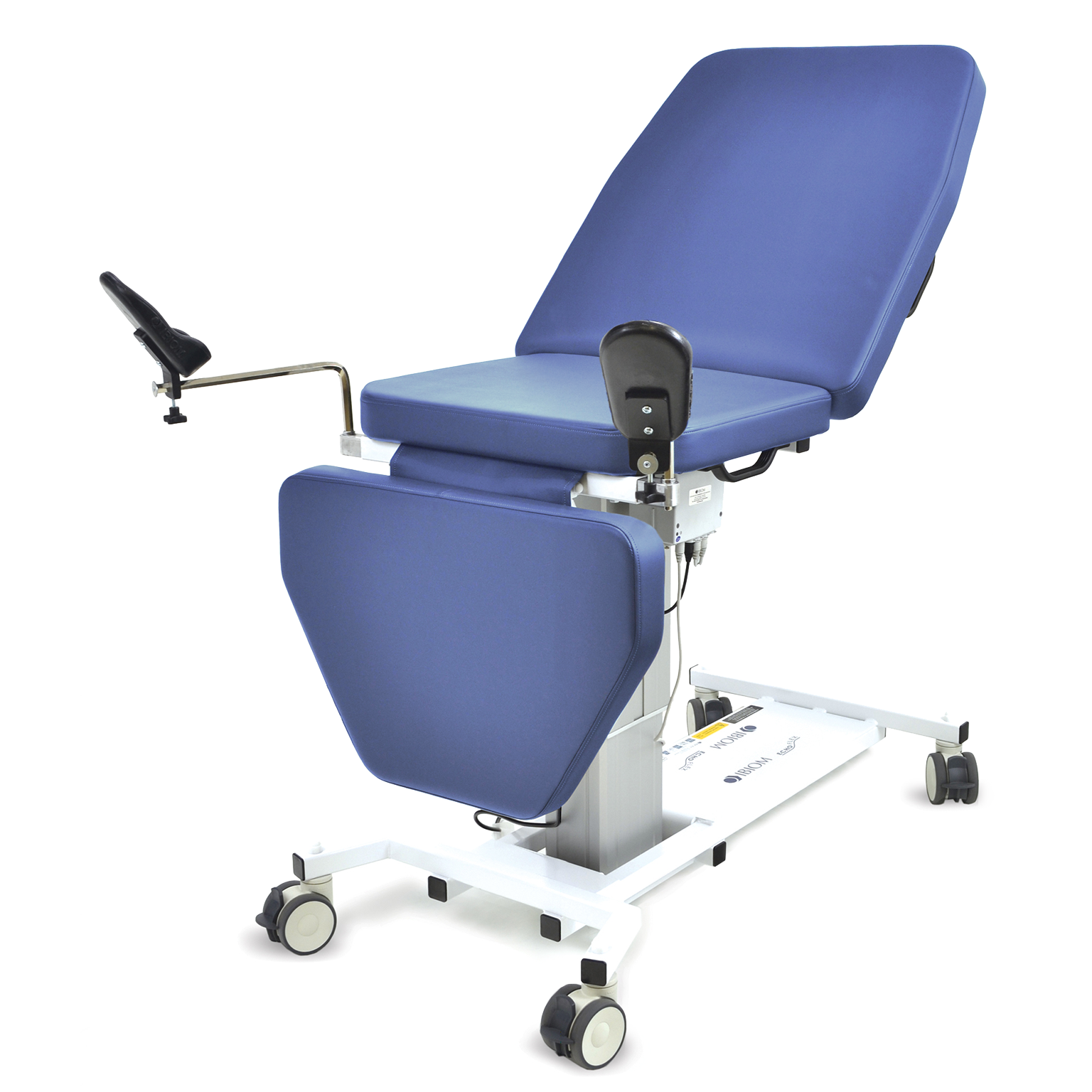Medical equipment for radiology, and medical imaging
Radiology, radiotherapy, and medical imaging
Radiology is a specialty of medicine that uses x-rays and other types of radiation to diagnose and treat various diseases and conditions, such as cancers, fractures, deformities, and injuries. There are several types of radiological examinations: plain radiography (or x-ray), interventional radiology, mammography, ultrasound, magnetic resonance imaging (or MRI), bone densitometry, and computed tomography (or CT-Scan). Radiological examinations are performed by radiological technologists in hospitals and radiology clinics using specialized medical equipment. Radiation therapy is one of the therapeutic applications of radiology. It is a cancer treatment that uses radiation to destroy cancer cells or reduce the size of tumors. There are internal and external radiation therapy techniques, each requiring specialized medical equipment.
Medical imaging is a diagnostic and observation technique that provides images of the inside of the body. Health professionals use it to diagnose disorders or diseases. It is also used to follow the evolution of the disease once the diagnosis is made. Imaging examinations require specialized medical equipment, such as positioning tables and radiology chairs.
Radiotherapy, radiography, and some medical imaging techniques use x-rays. This radiation can harm tissues at high doses or with repeated exposure. Therefore, to adequately protect patients and healthcare professionals who perform these examinations, it is essential to have the proper medical equipment and to follow strict radiation protection rules. In addition, to prevent injuries related to the handling of equipment and patient positioning, the equipment used by medical technicians must be ergonomically designed.

Are you looking for a brand of medical equipment?
IBIOM distributes equipment from several brands recognized for their quality and ergonomics, including ergoCentric and Allseating.
Medical equipment in radiotherapy rooms
The rooms used for external radiation therapy sessions are usually equipped with a linear gas pedal, a machine that emits the radiation beams, and a treatment table on which the patient is seated. During a radiation therapy session, the patient must remain still. It is, therefore, essential to choose comfortable medical equipment that helps the patient maintain the correct position throughout the treatment. Proper patient positioning on the treatment table is essential to the radiation therapy session. A stable treatment table that is easy to handle and offers precise adjustment options should be used. In addition, having a treatment table that offers simple controls and requires little physical effort helps reduce the risk of injury to technologists when positioning a patient.
Medical equipment in radiology and medical imaging rooms
Do you have specific needs?
Our team of professionals at Ibiom is there to advise you and guide you towards the range of products best suited to your needs.
Do you have specific needs?
Our team of professionals at Ibiom is there to advise you and guide you towards the range of products best suited to your needs.
Want to know more about the features of our medical equipment?
Check out our blog to learn more!
Medical imaging chairs
To perform x-rays on patients with limited mobility, specialized medical equipment must be used. In radiology, medical professionals frequently use medical imaging chairs. The ERGO XR2 radiology chair is a popular model for healthcare facilities. This chair makes it easy to position the patient while keeping them safely in place.
In addition, using such a chair helps reduce the risk of falls during patient transfers. The ERGO XR2 radiology chair also has several other useful features. For example, the armrests are retractable to facilitate lateral imaging, and the sliding, height-adjustable seat is made of vinyl that resists hospital cleaning products. In short, the ERGO XR2 medical imaging chair is a recommended piece of radiology equipment. It is the only one of its kind to have a central brake system to facilitate the work of healthcare personnel who serve clients with reduced mobility.





